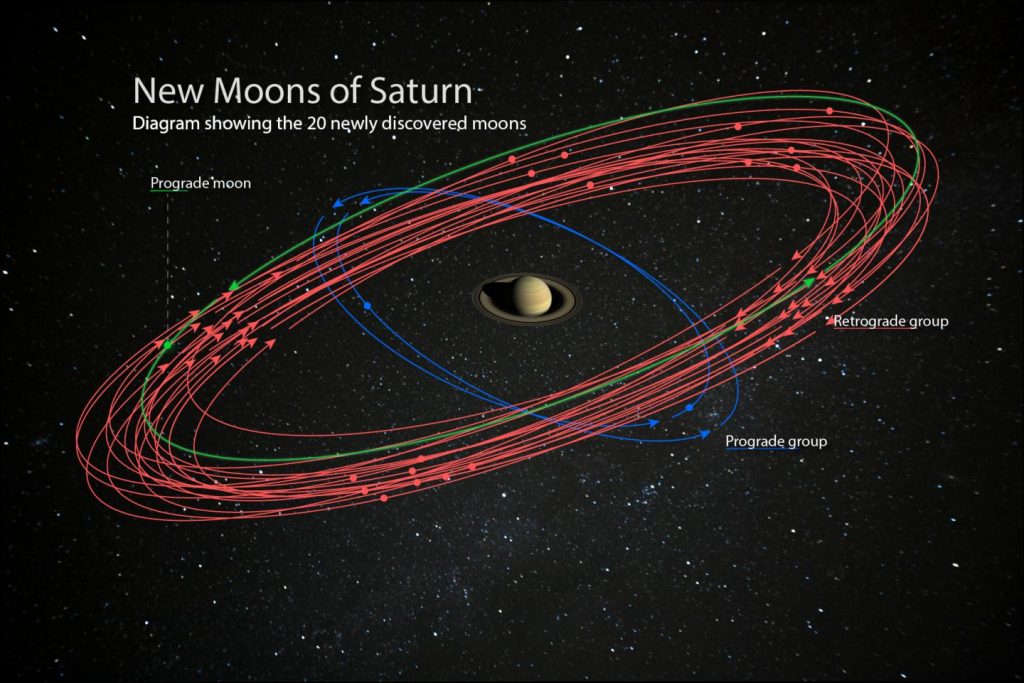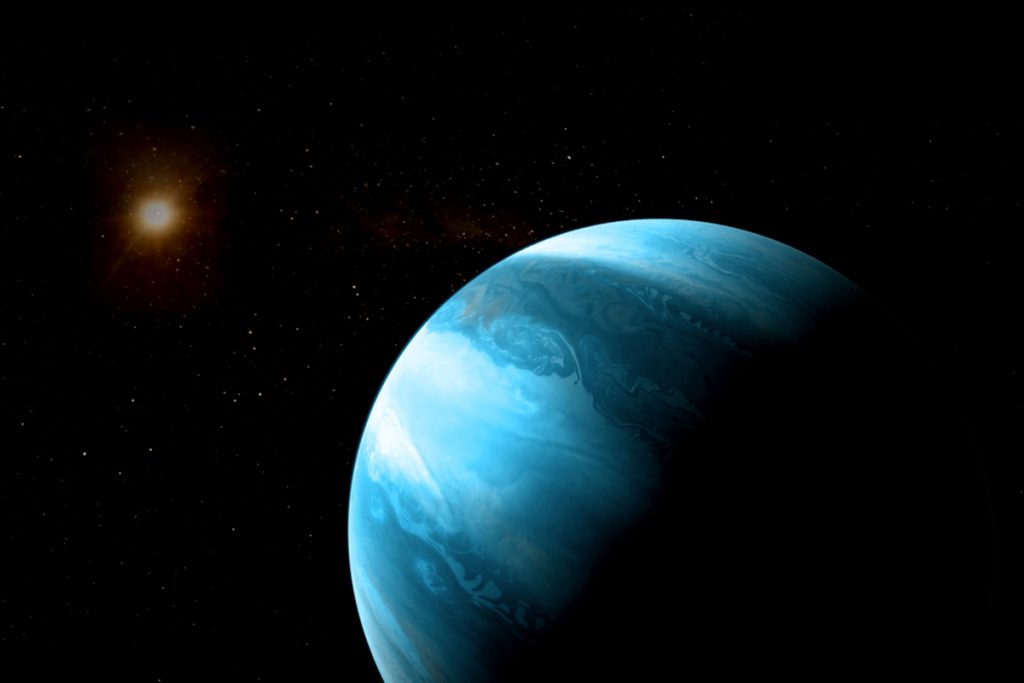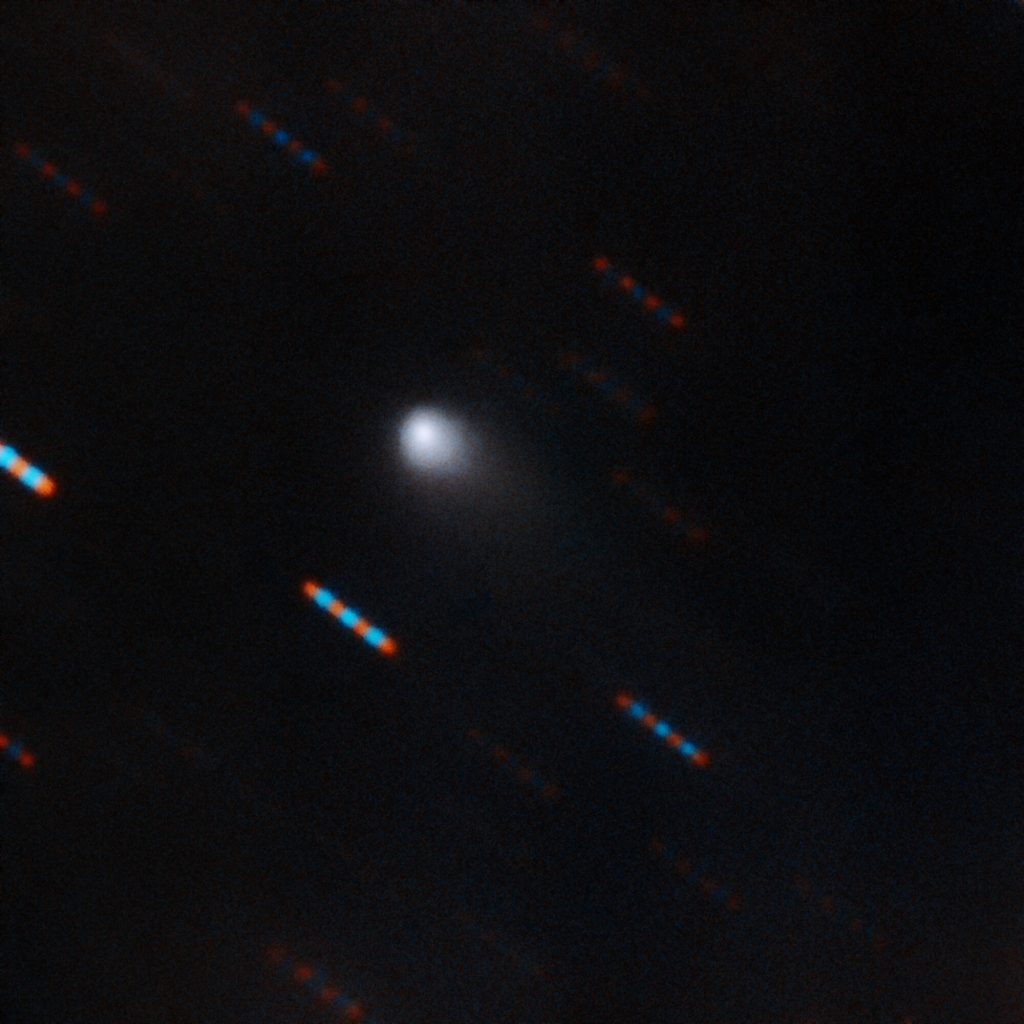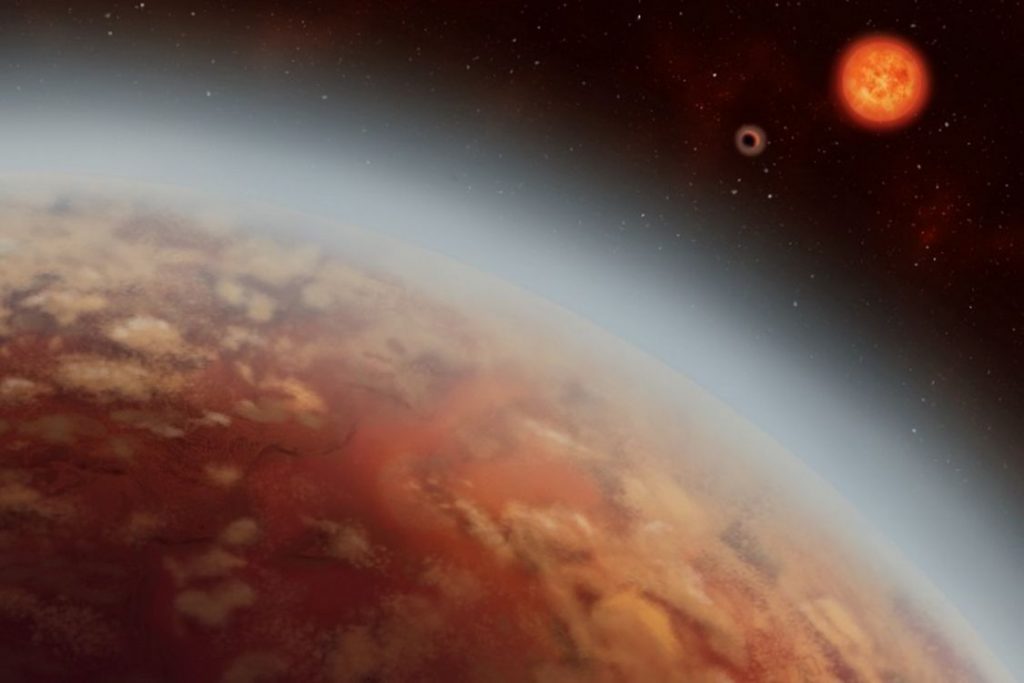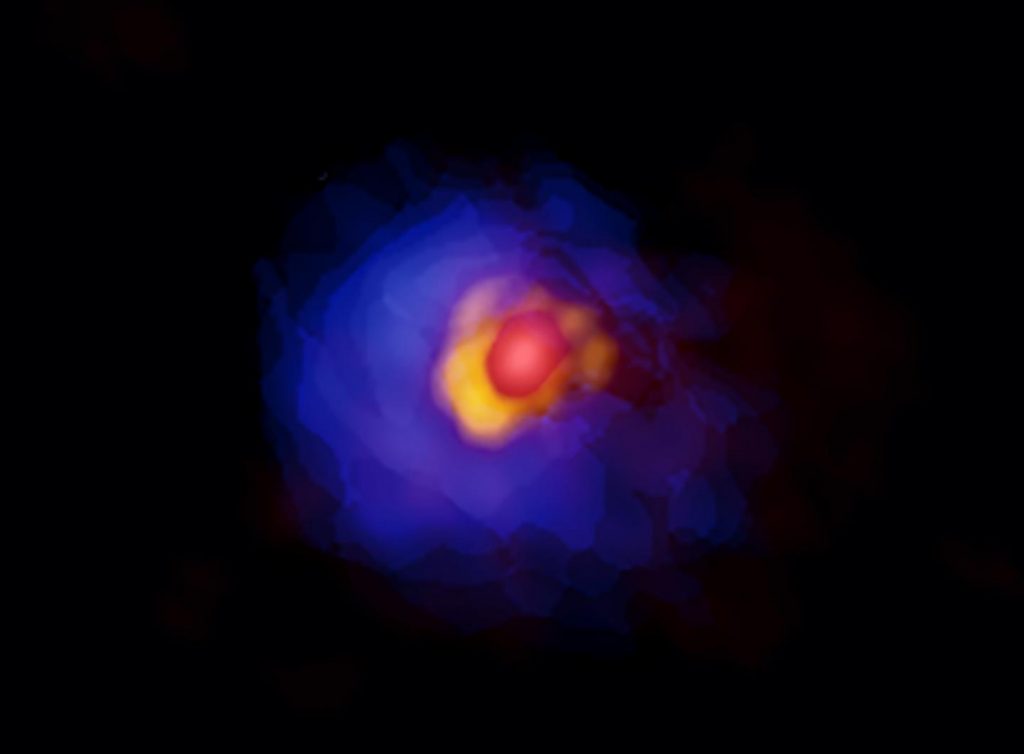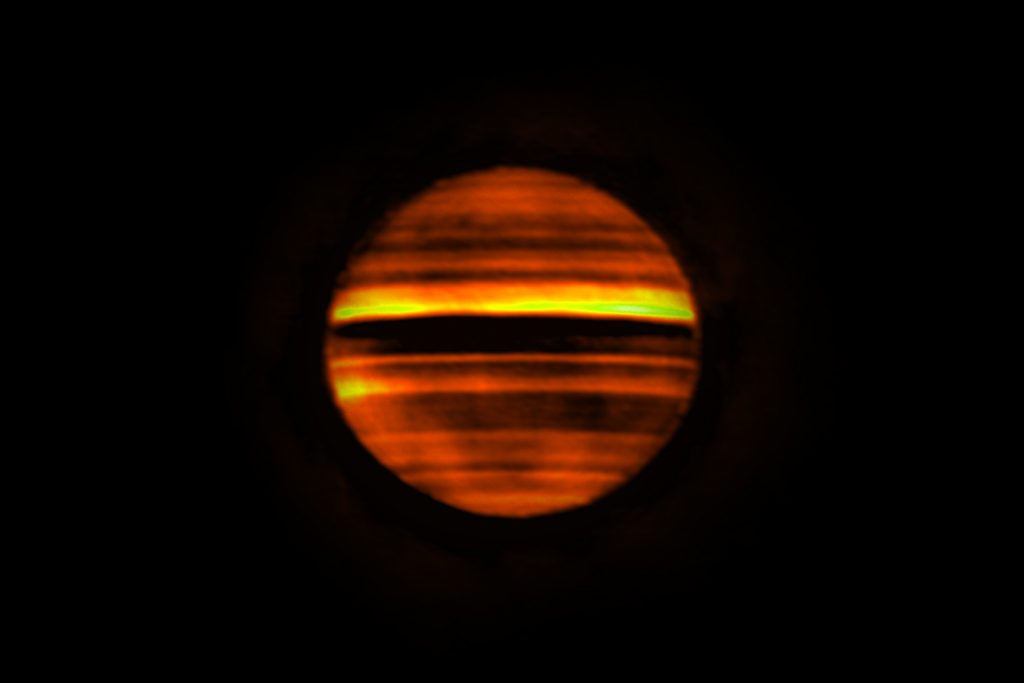Saturn is the new King of Moons – and you can help name the moons just discovered!
The fact that a planet – like the Earth – has only one single companion, is rather unusual in our Solar System. With 79 moons, the giant planet Jupiter previously had the most moons. Now, it’s been surpassed by Saturn, which changed from having 62 to 82 moons in one fell swoop. The new moons around the ringed planet were discovered using the Subaru telescope on Mauna Kea in Hawaii. Each of the newcomers has a diameter of about 5 km (3 miles). Seventeen of the twenty are orbiting Saturn in the wrong direction, in what is called a…

